What’s the Best OBD-II Scanner? (2024)
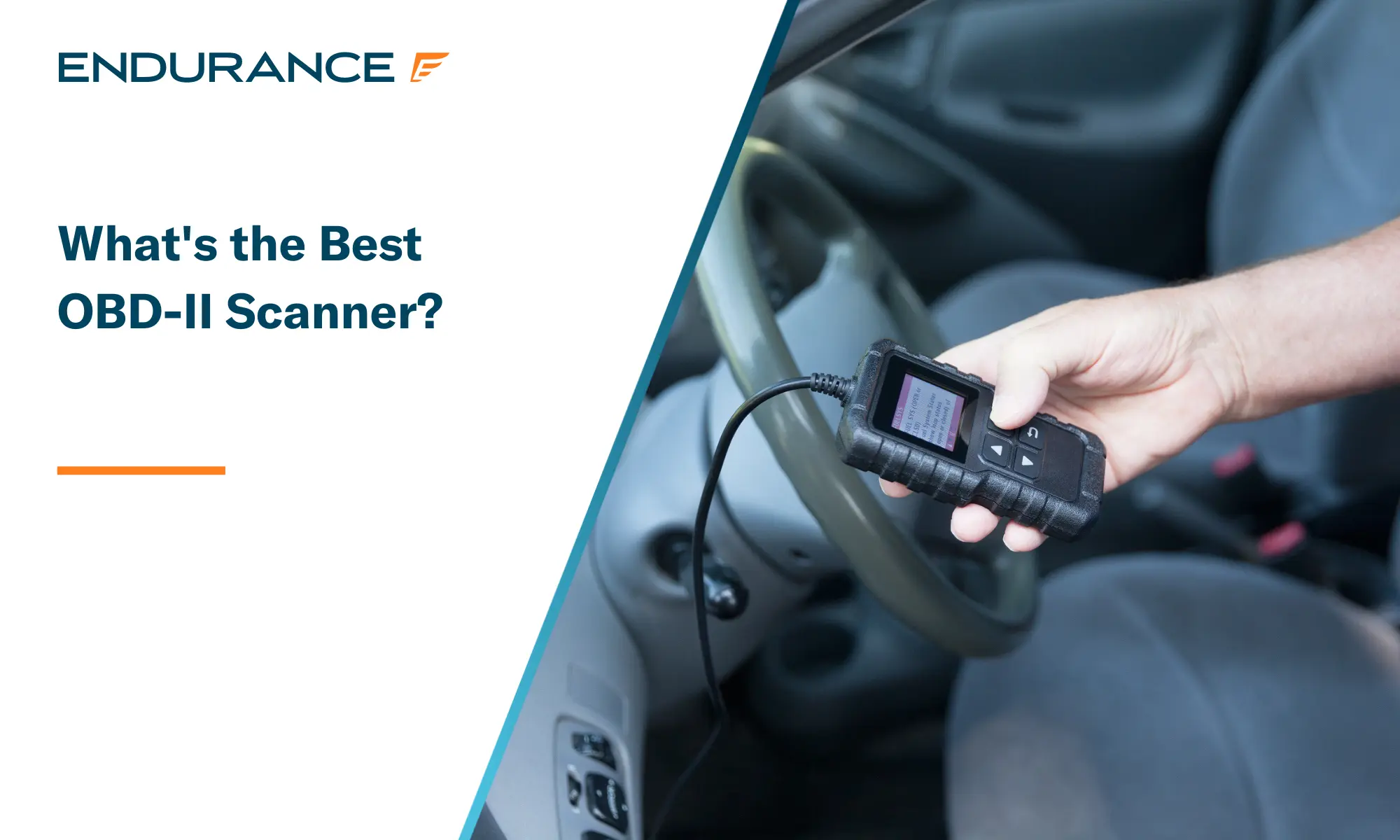
Modern automobiles are complex machines with systems that can be overwhelming for the average car owner. However, an OBD-II scanner can simplify things by making troubleshooting easier and helping you be better prepared for dealing with a mechanic. Best of all, OBD-II or OBD2 scanners are affordable and straightforward.
At the same time, there are numerous OBD-II scanner options to consider. Keep reading as we explore these helpful tools’ features, capabilities, and uses.
Decoding the Basics: What is an OBD-II Scanner?
Let’s review the essentials of an OBD-II scanner before diving into the details. OBD, or onboard diagnostics, is a vehicle system that checks for and reports any issues with the car’s mechanics or electronics that often surface as a check engine light. It allows the owner or a mechanic to access information about the condition of different vehicle components.
The OBD or OBD-II port is the physical connector that connects to the OBD system to obtain diagnostic code data (sometimes called diagnostic trouble codes or DTCs). Although OBD technology was developed in the 1960s, it didn’t become widely used until it was required in the U.S. in 1988. The OBD system was initially developed in California to monitor vehicle pollution. In 1996, a new standard called OBD-II became mandatory. This new system made it easier for mechanics and vehicle owners to diagnose and repair issues related to engines, transmissions, emissions systems, and more. OBD-II scanners come in various shapes and sizes, from simple handheld devices to more advanced tools with extensive features.
Evaluating Top OBD-II Scanners: Features and Functions
The expression “the right tool for the right job” certainly applies when choosing the best OBD2 scanner. There are different types of diagnostic scanners, each with particular functions and features. The key to selecting the right scanner is identifying the one that best meets your needs.
Code Reader
A code reader is the most fundamental type of scanner. As the name implies, its primary purpose is to read error codes generated through the OBD system. In some cases, a code reader can clear an error code. Code readers have different levels of sophistication. Some may just display a numeric error code, such as P0420. Slightly more advanced units also include a full definition, such as P0420 Catalyst System Efficiency Below Threshold Bank 1 (a faulty catalytic converter).
While thousands of DTCs exist, most code readers only cover powertrain and emissions codes. However, most car owners only need this information. A code reader consists of a small handheld unit with a cable connection that plugs into the OBD-II port, usually under the steering wheel.
Generic Scan Tool
Sometimes referred to as a basic handheld scanner, a generic scan tool does everything a code reader can and provides live data. This resource can help diagnose an ongoing issue, such as an engine misfire, but is usually more than most owners need. These scan tools are also typically capable of only providing powertrain and emissions error codes, although more elaborate units can access specific fault codes that cover chassis and body electronics codes.
Wireless Bluetooth Adapter
A wireless Bluetooth adapter is a small device that plugs into your vehicle’s OBD-II port and links with an Android or iOS smartphone or tablet via Bluetooth. These adapters work with a compatible mobile app, allowing you to access car diagnostic information. At a minimum, these systems provide the exact details as a code reader, while more complex units provide live diagnostic data and capture error messages as they occur.
Some OBD-II Bluetooth tools offer software that translates often-obscure DTCs (see P0420 above) into plain-language descriptions with likely repair diagnoses. Additional features include maintenance reminders and the ability to perform an emissions pretest before heading to an inspection station. These systems can be very consumer-friendly, particularly for owners frustrated by deciphering error codes online.
The most significant advantages of these Bluetooth OBD2 scanner systems are portability and ease of use. There’s no need to carry a separate handheld unit; the operation is app-based. The small plug-in sensor can quickly be moved from car to car, which is especially helpful when shopping for a used car. For the average car owner looking for more than a code reader, a Bluetooth system is the way to go.
Advanced Car Diagnostic Tools
The ultimate OBD-II scanner comes in the form of an advanced diagnostic tool used by professional mechanics. Think of this device, usually a ruggedized tablet, as a scan tool on steroids. It can perform essential functions like code reading, code resetting, and capturing live data. In addition, an advanced OBD-II tool can diagnose and reset additional vehicle systems like ABS, SRS (airbags), and tire pressure monitoring systems (TPMS). Some can store information from multiple vehicles. These scanners are bulky and expensive compared to handheld and Bluetooth units and offer way too much functionality for most drivers.
Even more sophisticated OBD-II diagnostic tools can read manufacturer-specific DTCs beyond the thousands of generic fault codes. These scanners can also reprogram new keys, calibrate advanced driver assistance systems, and perform other advanced tasks. Although third parties manufacture these devices, they can be updated with OEM (original equipment manufacturer) details.
The next-level advanced diagnostic tool is automaker-created software. A skilled technician connects a laptop computer to the car’s OBD-II port to gain complete access to all systems of a particular make and model. The setup is expensive, and users must be experts in using this type of tool.
Compatibility Checks: Ensuring a Match with Your Vehicle
Although OBD-II has been a U.S. standard for almost 30 years, not all scanners are compatible with every make and model. Chances are you won’t have problems if you drive a mainstream automobile and buy a scanner from a reputable company, but conflicts can arise. There’s more to purchasing a scanner than ensuring it has a 16-pin D-shaped diagnostic connector.
Before purchasing a code tool, review the manufacturer’s specifications and compatibility guidelines. Remember that some devices aren’t designed to work with hybrids and EVs. Legitimate scanner businesses will be upfront about what vehicles they support. If the information is sketchy, the device is likely also to be.
Incompatibility arises from the different protocols used by the various OBD-II systems. Most modern cars sold in the U.S. use the ISO 15765-4 CAN protocol, but you may encounter ISO 14230-4 (KWP2000), ISO 9141-2, J1850 VPW, and J1850 PWM.
If this looks like alphabet soup, review the owner’s manual or consult the automaker or dealer to confirm what works in your car. Some scanners work with multiple protocols, which removes any guesswork. You can also check online forums for make and model-specific advice about what scanners work.
User Experience: Navigating the Interface
Like any technology, usability is the key to success with an OBD-II scanner. A straightforward interface makes identifying DTCs and troubleshooting easier. Keep these factors in mind when shopping for a scanner.
Ease of Setup
Seamless setup and installation are top priorities. While some scanners require additional software and a complex configuration, a plug-and-play device best serves most car owners. Before proceeding with a purchase, look at installation instructions and videos.
Navigation
Another must-have is a clear and intuitive interface, especially for a layperson unfamiliar with automotive diagnostics. Look for scanners with well-organized menus and clear labels. Responsive controls are also essential; some scanners use a touchscreen, while others rely on physical buttons. You’ll generally find that simpler interactions accompany more expensive scanners. A cheap OBD2 code reader you buy online may work fine, but you may struggle to figure out how to make it work.
Clarity of Diagnostic Information
The final element of using a scanner is getting clear and concise code information. The easier it is to understand what’s wrong with your car, the quicker you can respond. Again, cost comes into play. Inexpensive units will provide basic codes, while pricier devices will at least describe the code if not put the information in context.
For instance, code P0301 by itself is meaningless for most drivers. However, knowing that it signals a misfire in engine cylinder #1 is more valuable. Still, getting an alert that P0301 is serious and should be addressed right away is even more valuable. Something as simple as a bad spark plug can lead to an engine misfire, which can cause significant (and expensive) repairs. Greater information leads to more informed decisions about car troubles.
Cost Considerations: Finding Value in Diagnostics
OBD-II scanner costs vary widely. An introductory reader can cost as little as $20, while more advanced feature devices can cost hundreds or thousands. If ever there was a place to apply the “you get what you pay for” axiom, it’s with code scanners.
Here’s a breakdown of device types, prices, and popular options in these categories.
Code Reader: $25-$100
- Ancel AD310 ($25): Basic code reader with reset and live data functions (the Ancel BD310 is a step up)
- Innova 5110 ($70): A code reader that can also scan brake and anti-lock brake codes (the Innova 5610 offers more features)
Bluetooth Adapter: ($20-$100)
- FIXD Sensor ($60): A sensor/smartphone app combination that provides essential functions (code reading/clearing, live data, repair cost guide, and maintenance alerts. A subscription upgrade adds access to a mechanic hotline and other features.
- BlueDriver Bluetooth Pro ($120): A sensor and app duo for basic code tasks (reading and clearing) and live data capture, including expanded code functions for brakes/ABS, airbags, and the tire pressure management system.
Generic Scan Tool: $100-$1,000
- Actron AutoScanner ($170): A scan with live data capture, a color screen, an emissions module, and brake/ABS code access.
- Autel MaxiCOM MK808BT ($550): A professional-grade device with Bluetooth OBD-II connectivity, Wi-Fi/4G connectivity for updates, automaker-specific code modules, and comprehensive bi-directional support for system testing.
Professional Grade ($1,000+)
- Autel MaxiSYS ULTRA ($6,000): A comprehensive code scanner for the professional mechanic, includes a docking station and large-screen tablet.
Where to Buy: Sourcing Your Scanner
There are two options for purchasing an OBD-II scanner.
Online Platforms
From Amazon to eBay to Walmart, there’s no shortage of online retailers of OBD-II scanners. Purchasing via the Internet is ideal for lower-priced devices like basic code readers and Bluetooth adapters. Going online to buy a more expensive unit is a little trickier unless you know exactly what brand and model to purchase. Always confirm compatibility with your car and the company’s return policy.
Automotive Stores
You’ll find under $50 scanners at auto supply shops like AutoZone, Advance Auto Parts, NAPA, and O’Reilly Auto Parts, and can’t wait for shipping. But these retailers are where to go if you’re considering buying a more advanced scanner. One person on staff is usually an OBD-II guru and can make expert recommendations. In addition, most of these stores offer short-term loans for code scanners (to check your car), so you can get your hands on a device or two before buying anything.
The Extended Warranty Connection: A Diagnostic Ally
Owning an OBD-II scanner can be particularly helpful if you have an extended warranty (also called a vehicle service contract or auto protection plan). By identifying issues early, you can potentially prevent minor problems from turning into major repairs. Diagnostic trouble codes can speed up the claims process and repairs, enabling warranty company staff and the repair shop to focus on the problem more quickly.
In addition, having diagnostic data at your fingertips can help determine if the problem is covered under an extended warranty. For example, DTC P0301, a misfire in cylinder #1, can be caused by a faulty powertrain control module (PCM). Car owners with an extended warranty or vehicle protection plan from a third-party provider like Endurance Warranty would likely be covered in this situation (less any deductible). According to RepairPal, replacing a PCM costs over $1,000.
FAQs: OBD-II Scanners
What OBD2 scanners do mechanics use?
Mechanics use advanced diagnostic tools, which are essentially high-end OBD2 scanners. These tools, often ruggedized tablets, can perform basic functions like code reading and clearing, as well as diagnose and reprogram additional vehicle systems like electronic modules.
What is the difference between an OBD2 reader and an OBD2 scanner?
An OBD2 reader is a basic device that reads and clears diagnostic trouble codes (DTCs). On the other hand, an OBD2 scanner is a more advanced tool that can provide live data, access additional vehicle systems, and offer more detailed diagnostic information.
What’s the difference between cheap and expensive OBD2 scanners?
Cheaper OBD2 scanners typically offer essential functions like reading and clearing codes with limited additional features. More expensive scanners provide more capabilities, such as live data, access to more vehicle systems, better user interfaces, and more precise diagnostic information.
What to look for when buying an OBD2 scanner?
When buying an OBD2 scanner, consider factors such as compatibility with your vehicle, ease of setup, user-friendly navigation, and the clarity of diagnostic information provided. Ensure the scanner supports the communication protocols used by your car and offers the features you need, whether essential code reading or more advanced functions.
Which OBD2 scanner is best?
The best OBD2 scanner depends on your specific needs and budget. For most car owners, a code reader or a Bluetooth adapter is all that’s needed. Car owners with mechanical experience may want to step up to a scan tool or professional-grade scanner.
Endurance Keeps You Moving
Diagnosing trouble codes with an OBD-II scanner is only the first step in dealing with car troubles and breakdowns; paying for a mechanic and parts is also involved. An extended car warranty, more accurately called a vehicle service contract, provides peace of mind against surprise repair bills.
Endurance Warranty offers numerous options, ranging from powertrain protection to the Supreme plan, which is similar to a new car bumper-to-bumper warranty. There are in-between programs that balance coverage and cost.
Discover more by requesting a FREE quote or visiting the Endurance online store for instant price and plan information. For personalized help, Endurance plan advisors are available by phone at (800) 253-8203.
Check out the Endurance blog for helpful articles from ASE Certified mechanics and other automotive experts. Learn about the latest in extended warranties, car care, DIY maintenance, and more.

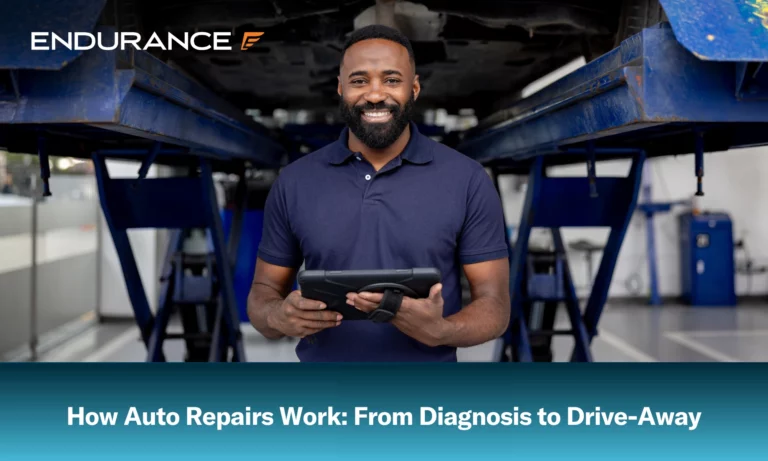




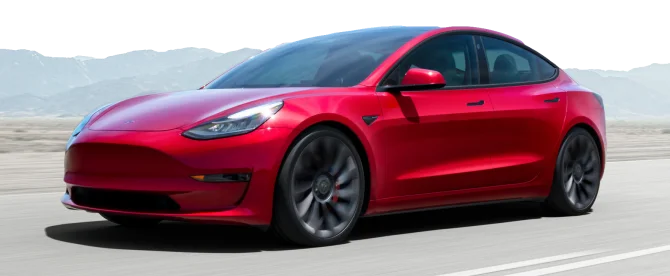



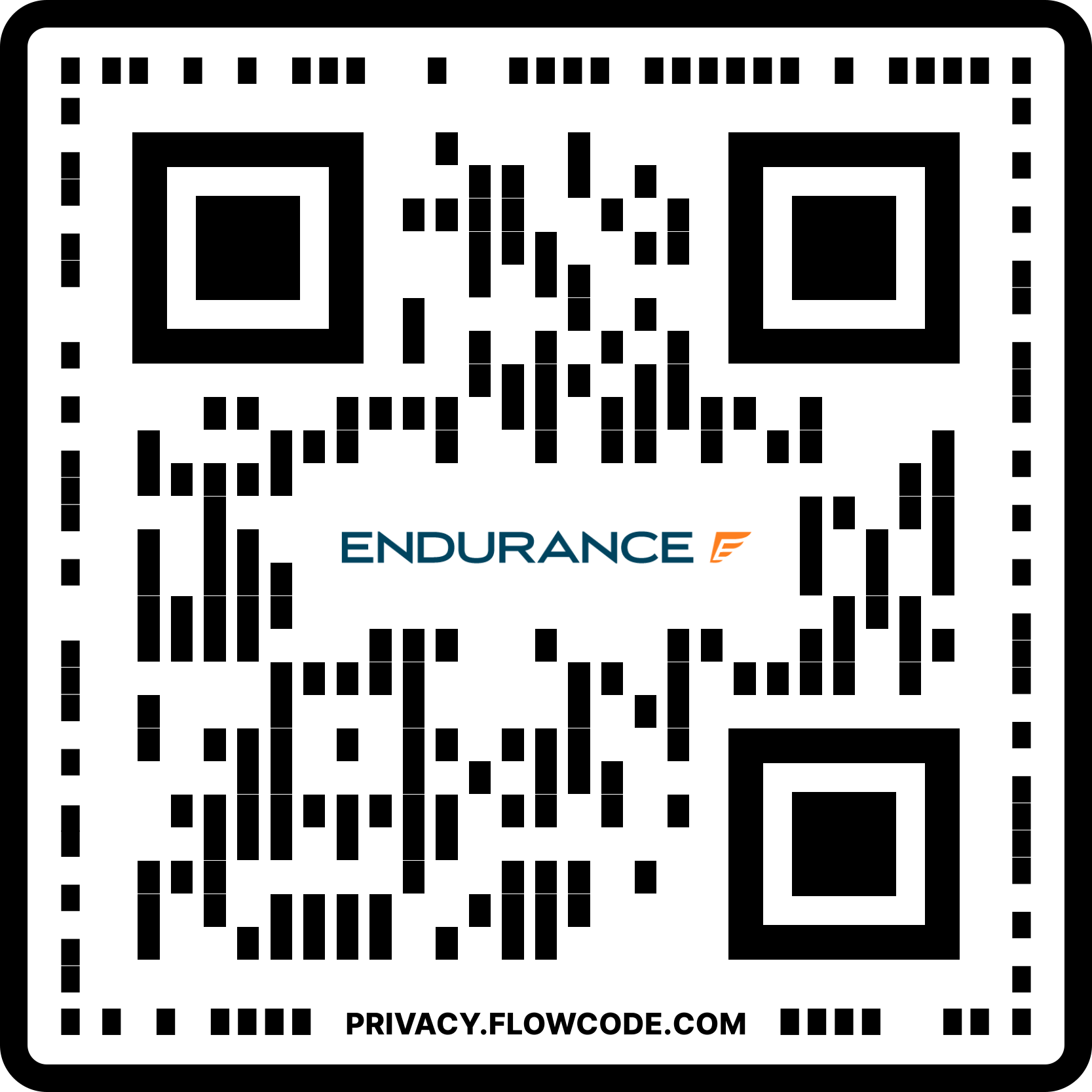
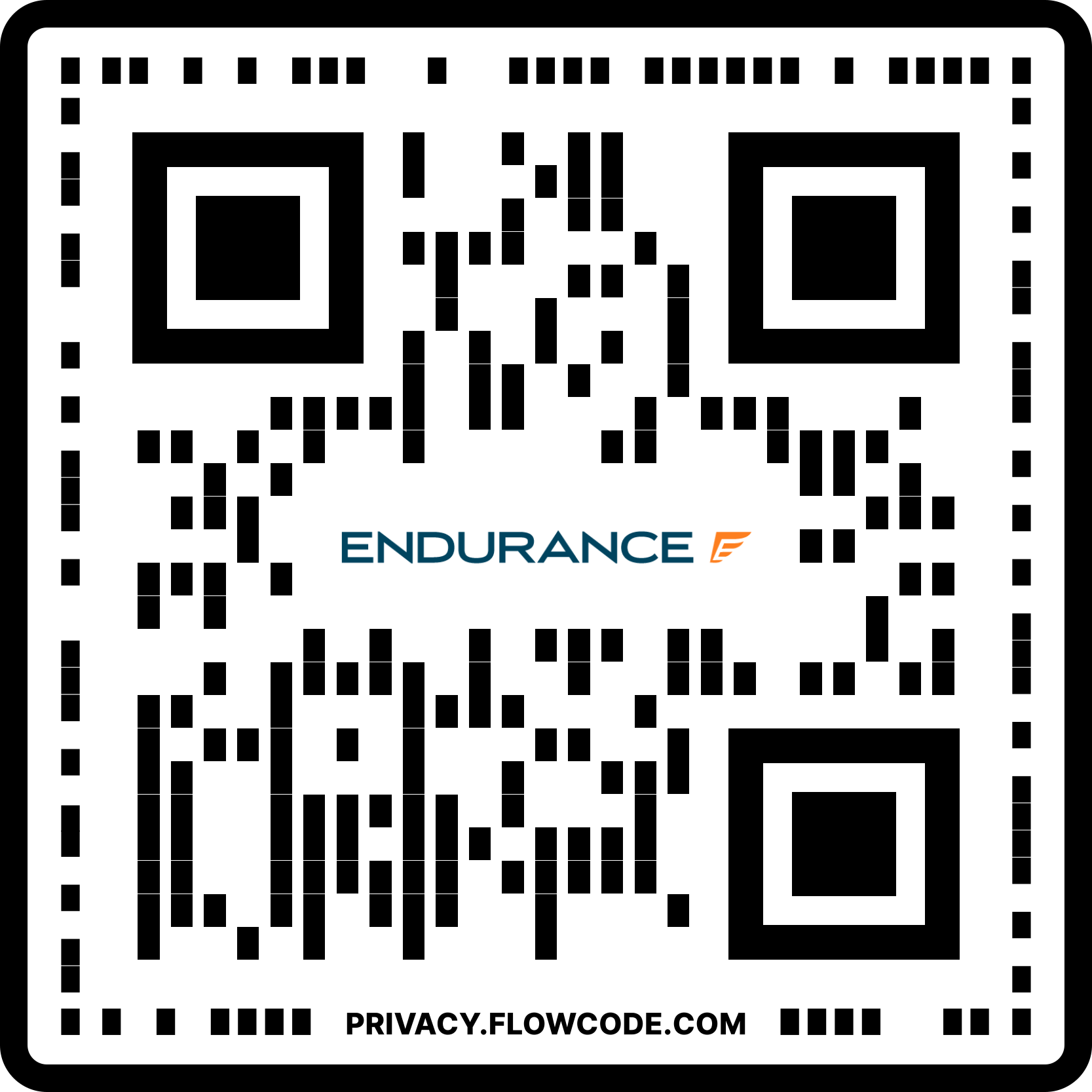

With over three decades of professional experience in the automotive industry, Dario brings a wealth of knowledge and expertise to the Endurance team. He hails from Argentina, where he received his technical trade education and pursued mechanical engineering. Read more about Dario.